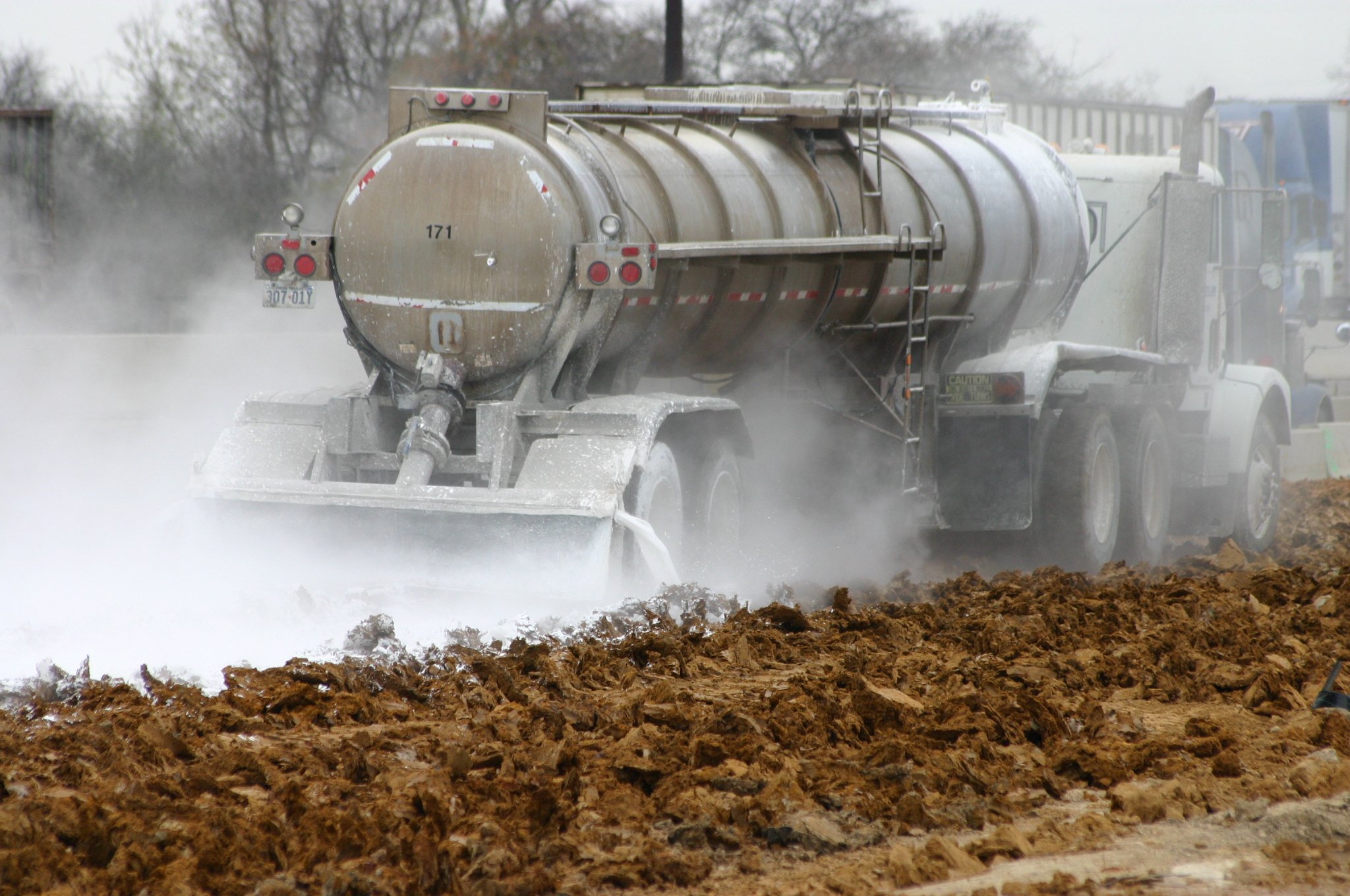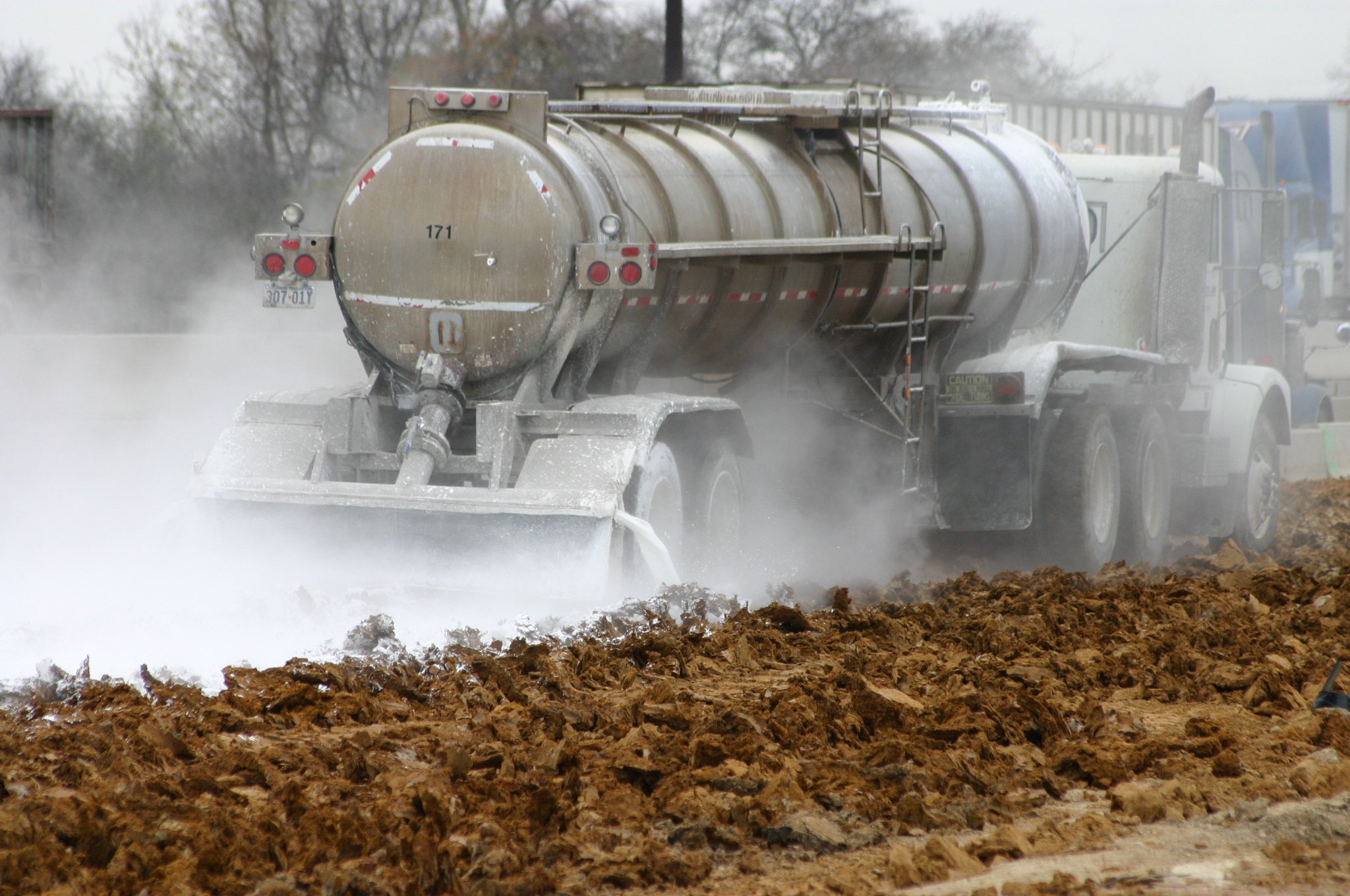The bearing capacity of soil is a crucial factor that engineers and construction professionals take into consideration when planning and building structures. Understanding the soil's ability to support the loads imposed by buildings and other structures is essential to ensure their stability, safety and longevity. In this article, we will look at the concept of soil bearing capacity, its importance in construction, factors that affect it, methods of determination, design considerations, and ways to improve it.
When constructing a building or structure, the foundation serves as a crucial element that transfers loads from the superstructure to the ground below. Soil bearing capacity is the maximum pressure that the soil can withstand without excessive settlement or failure. It is an indicator of the soil's ability to support applied loads.
What is soil bearing capacity
Soil bearing capacity, often referred to simply as bearing capacity, is a measure of the bearing capacity of soil. Determines the maximum allowable load that can be exerted on the ground without causing significant settlement or foundation failure . The bearing capacity of soil varies depending on its properties and the specific conditions of the construction site.
The bearing capacity of the soil plays a crucial role in ensuring the stability and longevity of structures. Building on soil with inadequate bearing capacity can lead to a number of problems, including excessive settlement , structural damage, and even collapse. When engineers understand the bearing capacity of the soil, they can design appropriate foundations and make informed decisions regarding construction materials and structural load distribution.
Factors affecting soil bearing capacity
The bearing capacity of the soil is influenced by several factors. It is important to consider these factors during the design and construction phases to ensure a safe and stable structure. The following factors affect the bearing capacity of the soil:
- Soil type and composition
Different types of soil have different bearing capacities. Cohesive soils such as clay generally have a lower bearing capacity than granular soils such as sand and gravel. Soil composition, including particle size distribution and compaction characteristics, affects bearing capacity.
- Moisture content
The moisture content of the soil significantly influences its bearing capacity. High moisture content reduces the strength and bearing capacity of the soil. During construction, the water content and drainage properties of the soil must be taken into account.
- compression
Proper soil compaction increases its bearing capacity. Compaction removes air pockets and increases soil density, making it more resistant to settlement and deformation. During construction, appropriate compaction techniques should be used as necessary.
- Foundation depth
The depth of the foundation is an important factor in determining the bearing capacity of the soil. Deeper foundations can reach stronger soil layers with greater load capacity, providing better support for the structure. The depth of the foundation depends on several factors, including soil type, structural load and local geotechnical conditions.
- Structural loading
The magnitude and distribution of the structural load have a direct impact on the bearing capacity of the soil. Higher loads require stronger, more stable foundations. Understanding expected loads and their distribution helps engineers design appropriate foundation systems to ensure structural integrity.
Determination of soil bearing capacity
Accurately determining the bearing capacity of the soil is critical to designing safe and reliable structures. Engineers use several methods to evaluate the bearing capacity of soil, including laboratory tests and on-site testing.
- Laboratory tests
Laboratory testing involves analyzing soil samples to determine their strength and bearing capacity. These tests include triaxial tests, uniaxial compression tests, and direct shear tests. The results provide valuable information for understanding soil behavior under different loading conditions.
- In situ testing
On-site tests are carried out directly at the construction site to assess the soil's bearing capacity. Common in situ tests include: Standard Penetration Test (SPT), Cone Penetration Test (CPT) and Plate Pressure Test . These tests provide real-time data on soil properties and bearing capacity, allowing engineers to make informed decisions during construction.


Understand the values of soil bearing capacity
In engineering practice, different values for the bearing capacity of the soil are used. It is important to understand these values and their importance in the design of foundations and structures.
Safe load capacity
Safe load capacity represents the maximum pressure that the soil can withstand without excessive settlement or cracking. It guarantees the stability of the structure throughout its planned useful life. Engineers consider factors of safety when determining safe bearing capacity to account for uncertainties and variations in soil behavior.
Allowable bearing pressure
The allowable bearing pressure is a conservative value used in the design process. Considers additional safety factors beyond safe load capacity to ensure long-term structure performance and durability. Allowable bearing pressure takes into account factors such as design tolerances, future loads and possible changes in ground conditions.
Maximum load capacity
Maximum load capacity is the maximum pressure the floor can withstand before failing. It represents the limit state of the soil and is generally determined through laboratory tests. Engineers use the maximum load capacity as a reference to evaluate the safety and stability of the structure.
Design considerations based on soil bearing capacity
Designing structures based on the bearing capacity of the soil is crucial to their stability and longevity. Engineers consider several aspects when using information about soil bearing capacity.
Foundation project
The construction of the foundation is directly influenced by the bearing capacity of the soil. Engineers design foundations that efficiently distribute structural loads to the ground below, taking into account factors such as settlement control and bearing capacity. Depending on the soil conditions and load capacity, different types of foundations are used, such as shallow foundations, deep foundations and pile foundations.
Selection of building materials
The bearing capacity of the soil influences the selection of construction materials. Structures built on soils with lower load capacity require additional reinforcement and stability measures. Engineers consider the strength and compatibility of building materials to ensure they can withstand expected loads and adequately support the structure.
Structural load distribution
Proper load distribution is crucial to the stability of the structure. When engineers know the bearing capacity of the soil, they can design support elements and distribute structural loads accordingly. This helps to avoid local settlements, differential settlements and uneven distribution of stresses, which can compromise the integrity of the structure.


Improve the bearing capacity of the soil
In some cases, the bearing capacity of the soil on a construction site may not be sufficient to support the intended loads. In these situations, engineers use various techniques to increase the soil's load-bearing capacity and ensure the stability of the structure.
- Soil stabilization techniques
Soil stabilization techniques involve altering soil properties to increase its bearing capacity. This can be achieved through methods such as: Soil compaction chemical stabilization and soil reinforcement. Compaction increases soil density, improving its strength and bearing capacity. Chemical stabilization involves adding stabilizing agents to improve soil properties. Soil strengthening techniques, such as the use of geosynthetics or geogrids, improve soil tensile strength and stability.
- Injection and soil improvement methods
Injection and soil improvement methods are used when the bearing capacity of the soil needs to be significantly improved. The grouting process involves injecting materials such as cement, lime or chemicals into the soil to fill voids, improve soil cohesion and increase strength. Soil improvement methods such as deep soil mixing or stone columns improve soil properties mechanically. These techniques are particularly useful in areas with weak or unstable soils.
Given the critical role that soil bearing capacity plays in construction, it is essential to obtain professional geotechnical assessments and advice. Geotechnical engineers have the expertise to evaluate soil conditions, perform appropriate tests, and make recommendations for foundation designs and construction methods. Their assessments ensure the safety, stability and long-term performance of structures.
The bearing capacity of the soil is a fundamental aspect of construction that directly affects the stability and durability of structures. By understanding the bearing capacity of the soil and considering the factors that influence it, engineers can design safe and reliable foundations. Determining soil bearing capacity through laboratory and in-situ testing allows for informed decisions during construction. If necessary Soil stabilization Soil improvement techniques and methods can increase the bearing capacity of the soil. A professional geotechnical assessment is essential to ensure proper design and construction practices are followed for optimal structural performance.
Common questions
- How important is the bearing capacity of the soil in construction? The bearing capacity of the soil determines the maximum load that a soil can support without rupture or excessive settlement, thus ensuring the stability and safety of structures.
- How is soil bearing capacity determined? Soil bearing capacity is determined through laboratory testing of soil samples and on-site testing carried out at the construction site.
- Can the bearing capacity of the soil be improved? Yes, the bearing capacity of soils can be improved through techniques such as soil stabilization, mortar application and soil improvement methods.
- What design considerations are based on the bearing capacity of the soil? Design considerations include selecting appropriate foundation types, choosing appropriate construction materials, and ensuring adequate load distribution.
- Why is a professional geotechnical assessment important? A professional geotechnical assessment ensures accurate assessment of soil conditions, proper construction of foundations, and adherence to best construction practices for safe, reliable structures.

